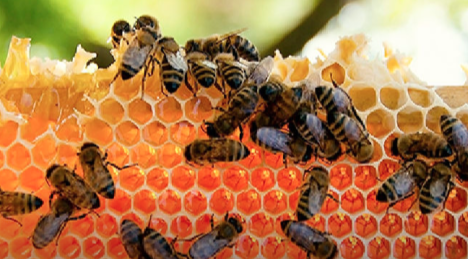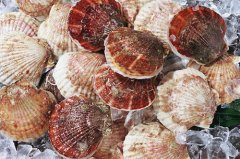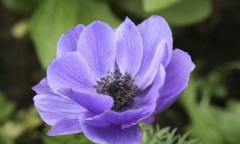The effect of less flowering of longan and litchi on honey yield, and the effect of warm winter decreased honey yield.
Affected by the warm winter and drought, the flowering rate of litchi and longan this year is only 20%, and the production of longan honey and litchi honey has also been affected. Cheng Chin-kun, director of the Taiwan Beekeeping Association, explained that this year's output of longan and litchi honey is probably only 10%. It is hoped that the Council of Agriculture can follow the agricultural natural disaster relief model to subsidize the losses of bee farmers during this period.
Zheng Jinkun said that since October last year, the rainfall in southern Taiwan has been relatively low, and the overall rainfall is only 30% of that in the same period of the year, resulting in only about 20% of the flowering rate of litchi and less than 10% of the flowering rate of longan, and bees can hardly collect the nectar of these two plants. Since the Council of Agriculture recently provided cash assistance to litchi and longan fruit farmers during the drought, and the beekeeping industry is closely linked to these crops, it hopes to fight for more than 1000 members of the association to obtain relief funds according to the model of natural disasters in agriculture to reduce losses. at the same time, it will also propose to the Council of Agriculture that honey-collecting tools should be included in subsidies for small agricultural tools.
The bee farmer surnamed Liu said that if longan and litchi blossomed luxuriantly in the previous year, when the nutrients were consumed, the flowering situation of the next year would become worse. Affected by warm winter and drought this year, coupled with the good flowering condition last year, longan and litchi trees did not bloom as expected this year. Apart from a significant decline in flowering rate, the flowers also had no nectar, and the harvest of these two kinds of honey was close to zero.
The bee farmer surnamed Liu explained that due to the influence of the market mechanism, the price of longan and litchi honey may rise in the near future. during the period of poor flowering rate, the remaining royal milk and pollen subsidy income will be collected in the beehive, and the bee will be released to collect Sapium sebiferum honey when May comes. Since beekeeping depends on heaven for food, bees actually collected enough honey when longan flowers were in full bloom last year, so they can continue to sell them this year, so although the production of longan honey has been greatly reduced during this period, there are still stocks that will not be out of stock.
Fan Meiling, director of the guidance Department of the Council of Agriculture, said that according to the measures for the relief of agricultural natural disasters, it is mainly subsidizing hardware facilities such as damaged beehives, because litchi and longan are not the only honey plants for bees, and apiculture can move beehives to find honey sources. therefore, it is not among the objects to be rescued. Next Monday, a meeting will be held to discuss ways to amend the relief methods to provide protection for beekeeping by bee farmers. At the same time, it will also study and propose to include apiculture in the scope of subsidizing small-scale agricultural machinery.

- Prev

Tariffs on agricultural products, sea scallop, yam and other imported agricultural and fishery products, tariff halving assessment
Import duties on sea scallop, yam, Wenzhou mandarin, and other agricultural products and processed foods such as milk skins are expected to be halved. At the request of the industry, the Ministry of Finance is reviewing the possibility of reducing tariffs on agricultural and fishing products, processed food and cereal wine, five of which are related to the Council of Agriculture.
- Next

The growth position of sea anemone varieties is different, how to plant and care for sea anemone tubers.
Sea anemones have low clumps of leaves and colorful flowers. Commonly known as Pulsatilla, these carefree plants are often found in the landscape of many family gardens. There are several types of sea anemones, including those that bloom in spring and autumn
Related
- A course of planting techniques and methods on how to grow carrots
- How to plant the latest tulips?
- Is it better to pick tea in the morning or in the afternoon? When is the best time for tea to be picked? what is the third or fifth tea?
- Launch Yuanxiao Happy combination Haocha + Tea Yuan healthy Taste
- Penghu Tourism "Fireworks 20 Parade with You"
- 2022 West Lake Happiness holds "Digital Revitalization Voucher" and draws iphone13 and laptop.
- Banqiao Fuzhou social houses are designed to change start-up combined with police elimination to create a safe and livable environment
- The convenient measure of "mechanical weeding" in Xinbei has been abused and the Agriculture Bureau has imposed heavy penalties on the illegal land consolidation.
- Changgeng University Joins Hands with Four Memory Factories to Rescue Memory Talent Shortage
- The list of Taiwan's top 100 MVP managers is listed by the Director-General of the Farmers' Association of Sanxia District.

